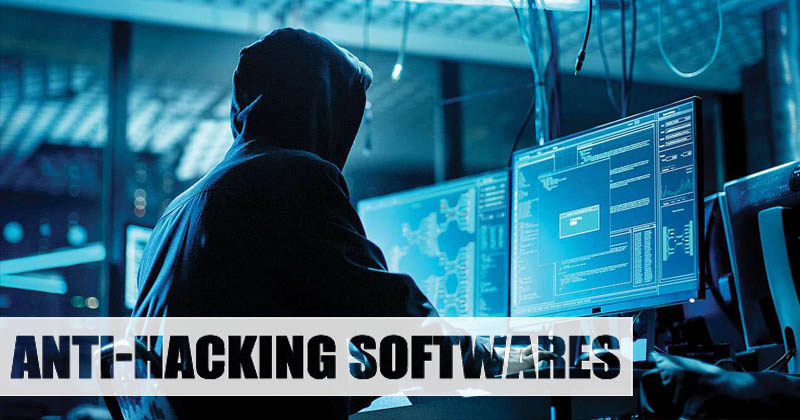- Introduction: Understanding the Importance of Hacking Response Services
- Types of Hacking and Their Impact on Businesses
- Common Vulnerabilities Exploited by Hackers
- Tips for Choosing the Right Hacking Response Service Provider
- The Role of Incident Response Plans in Mitigating Cyber Attacks
- Best Practices for Responding to a Cybersecurity Incident
- The Future of Hacking Response Services for Businesses
- Conclusion: The Need for Proactive Cybersecurity Measures
Introduction: Understanding the Importance of Hacking Response Services
In today’s digital age, businesses are increasingly vulnerable to cyber attacks. Hackers are constantly finding new ways to exploit vulnerabilities in networks, systems and applications. The consequences of a successful cyber attack can be devastating for any business, including loss of sensitive data, financial losses, and damage to reputation. This is where hacking response services come into play.
These services are designed to help businesses respond to and recover from cyber attacks quickly and effectively. In this blog, we will explore the importance of hacking response services for businesses, the different types of hacking and their impact on businesses, common vulnerabilities exploited by hackers, tips for choosing the right hacking response service provider, the role of incident response plans in mitigating cyber attacks, best practices for responding to a cybersecurity incident, and the future of hacking response services for businesses.
Types of Hacking and Their Impact on Businesses
When it comes to hacking, there are many different types of attacks that businesses need to be aware of. Some of the most common include:
- Phishing attacks – where hackers use emails or messages to trick people into providing sensitive information such as usernames and passwords.
- Ransomware attacks – where hackers use malicious software to lock down a system or network until a ransom is paid.
- Denial of Service (DoS) attacks – where hackers overload a system or network with traffic to disrupt its normal functioning.
These types of attacks can have a significant impact on businesses. In addition to financial losses, businesses can also suffer from reputational damage and loss of customer trust.
Common Vulnerabilities Exploited by Hackers
In order to prevent cyber attacks, it is important to understand the common vulnerabilities that hackers exploit. These include:
- Weak passwords – using weak passwords or reusing passwords across multiple accounts can make it easy for hackers to gain access to sensitive information.
- Outdated software – failure to update software can leave systems vulnerable to known exploits.
- Third-party software – using third-party software without proper vetting can introduce vulnerabilities into a system.
By addressing these vulnerabilities, businesses can greatly reduce their risk of a successful cyber attack.
Tips for Choosing the Right Hacking Response Service Provider
Choosing the right hacking response service provider is crucial for businesses. Here are some tips to keep in mind:
- Experience – look for a provider with a proven track record of responding to cyber attacks.
- Expertise – ensure that the provider has the necessary expertise to handle your specific needs.
- Response time – choose a provider that can respond quickly in the event of an attack.
By selecting the right hacking response service provider, businesses can ensure that they are prepared to respond to any cyber attack.
The Role of Incident Response Plans in Mitigating Cyber Attacks
Incident response plans are a critical component of any cybersecurity strategy. These plans outline the steps that businesses should take in the event of a cyber attack. Some key components of a successful incident response plan include:
- Preparation – ensuring that all employees are trained and that necessary tools and resources are in place.
- Detection – having systems in place to detect and alert businesses to potential cyber attacks.
- Containment – taking immediate steps to contain the attack and prevent further damage.
- Recovery – restoring systems and data to their pre-attack state.
By having a well-designed incident response plan in place, businesses can greatly reduce the impact of a cyber attack.
Best Practices for Responding to a Cybersecurity Incident
When responding to a cybersecurity incident, there are several best practices that businesses should follow:
- Stay calm – it is important to remain calm and focused in the event of an attack.
- Contain the attack – take immediate steps to contain the attack and prevent further damage.
- Notify the appropriate parties – inform employees, customers and law enforcement as appropriate.
- Document everything – document all actions taken during the incident response process.
By following these best practices, businesses can effectively respond to a cyber attack and minimize the damage.
The Future of Hacking Response Services for Businesses
As the threat of cyber attacks continues to evolve, the future of hacking response services is likely to focus on:
- Advanced threat detection – using machine learning and other advanced technologies to detect and prevent cyber attacks.
- Collaboration – working with other businesses and organizations to share threat intelligence and respond to attacks more effectively.
- Automation – automating incident response processes to improve speed and efficiency.
By leveraging these trends, businesses can stay ahead of the curve when it comes to responding to cyber attacks.
Conclusion: The Need for Proactive Cybersecurity Measures
As we have seen, businesses face a growing threat from cyber attacks. The consequences of a successful cyber attack can be devastating. That’s why it is so important for businesses to take a proactive approach to cybersecurity. By understanding the different types of hacking, common vulnerabilities and best practices for responding to incidents, businesses can greatly reduce their risk of a successful cyber attack. Choosing the right hacking response service provider and having an incident response plan in place are also critical components of any cybersecurity strategy. By taking these steps, businesses can protect themselves and their customers from the growing threat of cyber attacks.

